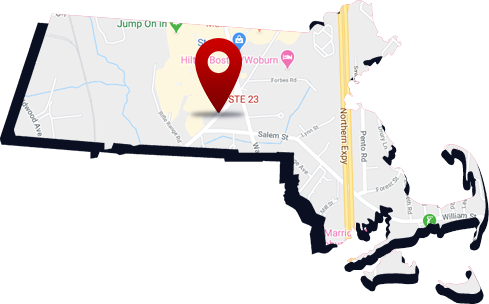The use of the breathalyzer in Massachusetts has been controversial for over two years. The controversy, which began in January of 2017, stemmed from the reliability of the breath test machines. There were several court cases challenging the use of the breath test machines in Massachusetts.
The Court Cases
In January 2017, a hearing challenging the scientific reliability of the breathalyzer machines in use in Massachusetts began, in the consolidated litigation Commonwealth v. Ananias, et al. Under the law, if the breathalyzer machine does not produce a scientifically reliable result it would not be admissible in court. One of the issues considered by the Court in this hearing was the defense challenge to the Office of Alcohol Testing’s (OAT) methods concerning “the calibration of an instrument performed by OAT prior to its initial deployment and during its annual certification.” The Court determined that this issue raises scientific methodology concerns regarding the testing.
The Court determined that all tests performed between June 2012 and September 14, 2014, were to be excluded in any criminal prosecution. Tests from devices that were calibrated and certified after September 14, 2014, would be admissible. The Court found “that OAT’s protocols while remaining a work in progress, were sufficiently
documented, validated, and standardized such that any results produced by those devices were the product of scientifically reliable methodology” and thus were admissible.
However, that was not the end of the story. Several months later, on August 2, 2017, during a hearing in the Taunton District Court to determine the admissibility of a breath test taken between June 2012 and September 14, 2014, it was discovered that OAT had not disclosed certain documents concerning failed calibration and certification tests to the defense team in the January 2017 hearings. This led the counsel in the Ananias litigation to file a “Motion to Compel and Impose Sanctions” on August 19, 2017. Hearings on this motion uncovered that over 10,000 documents had been withheld, including 432 worksheets illustrating failed annual calibration and certification tests.
On August 31, 2017, the Executive Office of Public Safety and Security (“EOPSS”) initiated its own investigation into the discovery practice at OAT. EOPSS identified various instances of intentional withholding of exculpatory evidence, blatant disregard of court orders, and other errors. The EOPSS report was released in October 2017. The technical leader of OAT was terminated within days after.
The parties in the Ananias litigation agreed on a tentative settlement. It was agreed that the Commonwealth of Massachusetts would not seek to use any results from breathalyzer tests for an expanded exclusion period, with the exception of cases of OUI in which death or seriously bodily injury resulted or for 5th offense or greater OUIs. The agreement also required that OAT must apply for accreditation by the ANSI-ASQ National Accreditation Board (ANAB) by August 1, 2019.
The Decision
The OAT recently obtained this accreditation and in a July 29, 2019 ruling, Massachusetts District Court Judge Robert A. Brennan granted the Commonwealth’s motion to begin admitting breathalyzer tests using machines that have been calibrated and certified by the OAT, “on or after April 18” [2019]. Although the judge’s ruling is retroactive, by some estimates approximately ninety percent of the Commonwealth’s breathalyzer machines will now need to be recalibrated according to the standards set by the accrediting agency.
Our Recommendation
Our advice regarding the breathalyzer remains the same: If you are pulled over for suspected OUI, politely refuse to take it. If the police have probable cause to arrest you for OUI and request that you take a breathalyzer, any refusal will result in a loss of your license under the “implied consent law.” However, when you go to court there will be no evidence against you. Further, the jury cannot be told that you declined to take the breathalyzer.
The number of previous offenses and your age will determine the length of the suspension:
Over the Age of 21:
| First Offense | 180 Days |
| Second OUI Offense | 3 Years |
| Third OUI Offense | 5 Years |
| Fourth OUI Offense | Lifetime |
Under the Age of 21:
| First Offense or Greater | 3 Years |
| If has a prior OUI causing serious bodily harm | 10 Years |
| If has prior OUI causing death | Lifetime |


